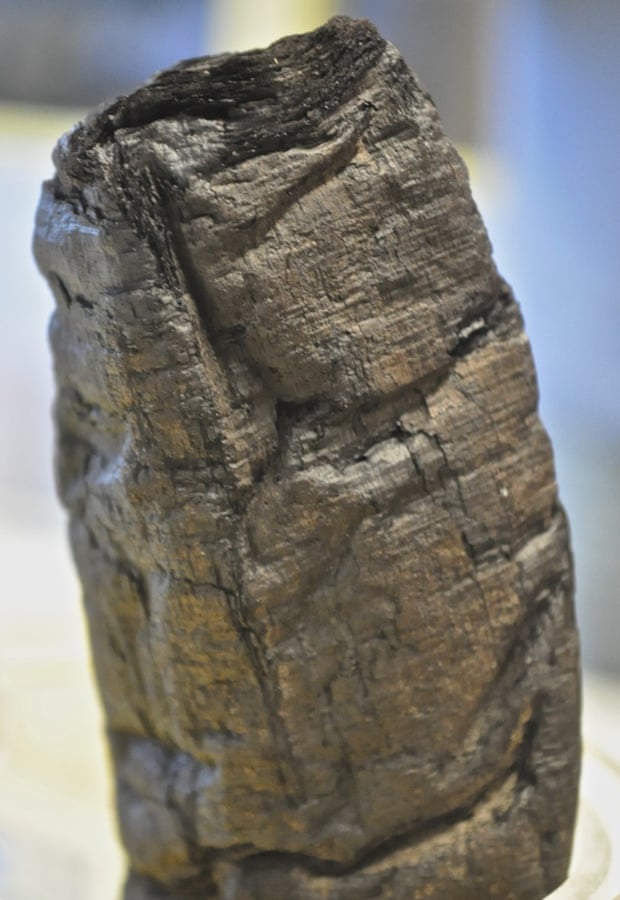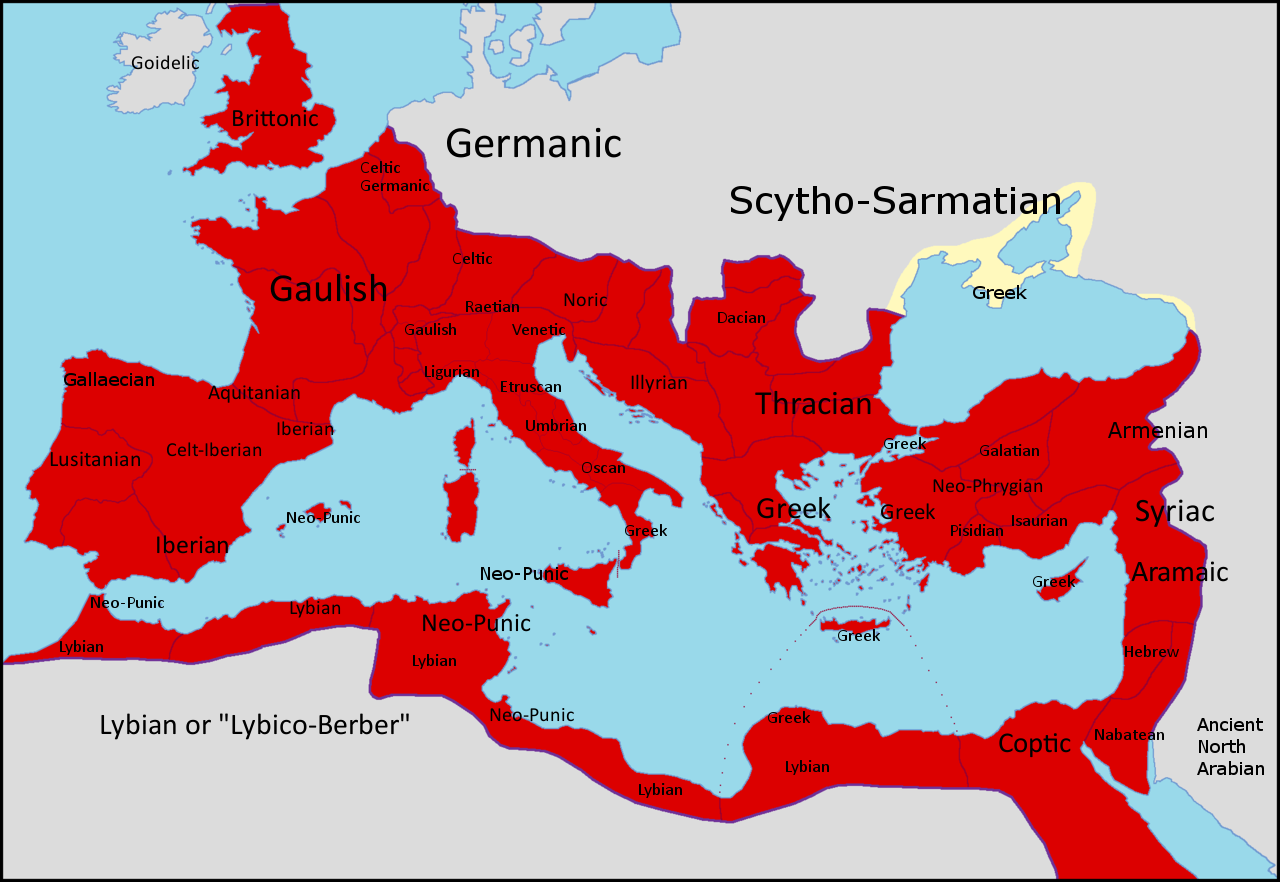What lies beneath in Pompeii?
Going deep yields new perspective on ancient Roman city
By Daniel Williams
Updated: 5:27 a.m. ET July 28, 2004
POMPEII, Italy - For Pompeii's 2 million yearly visitors, the overwhelming attraction is the captivating view of daily life in the Roman Empire evoked by the city's temples, taverns, houses and public baths, and by its ever-popular brothels with their erotic frescoes.
This summer, visitors might be forgiven for failing to notice a series of newly dug trenches at the southwest exit to the city. The site looks like an example of below-street plumbing in mid-repair, yet it provides a tiny glimpse of a fact obscured by Pompeii's better-known association with the imperial era: A non-Roman civilization thrived here for three centuries, with its own temples, houses, taverns, baths and saucy sexual practices.
Last month, a team of archaeologists from Italy's Basilicata University uncovered the remains of a structure built by the Samnites, a mountain warrior people who conquered, inhabited, built up and ruled Pompeii before Roman chariots wheeled into town.
Surprise find
The diggers were looking for something else -- remains of Pompeii's harbor. Instead, they found a pre-Roman temple wall, clay offerings to the Samnite goddess of love, and a basin and terracotta pipes indicating the site of a ritual bath.
The Basilicata researchers were digging below Pompeii's surface because the focus of excavations had changed. For the past 250 years, most excavation has concentrated on the Roman city that was suspended in ash and stone by the eruption of Vesuvius in A.D. 79.
Until the 1990s, local officials believed constant discoveries from the Roman era were needed to keep Pompeii in the news and to preserve its spot as Italy's most popular tourist attraction.
But current administrators say this approach has become counterproductive, pointing out that they can barely afford to maintain the scores of monuments already exposed along Pompeii's lava-stone streets. As a result, only 34 acres out of Pompeii's excavated 115 acres are open to visitors, half the expanse on view 50 years ago.
The damage resulting from these years of neglect is readily visible in the dead city. Tourists pick up small pieces of marble for souvenirs, plastic water bottles lie at the feet of Roman columns and stray dogs roam the streets.
Damage from looting
Thieves frequently raid the sites. During the past 30 years, more than 600 items, from frescoes to bricks, have been pilfered from Pompeii. One of the worst thefts occurred in 1977, when someone hacked 14 frescoes from a villa known as the House of the Gladiators. And in January, thieves cut two frescoes from the House of the Chaste Lovers. (Pompeii houses are usually named after prominent paintings, sculptures or other artifacts.)
Administrators suspect that some guards participated in past looting, while local criminal gangs have tried to bid on restoration projects.
In any case, Pompeii's archaeological superintendent, Pietro Giovanni Guzzo, in office for a decade, decreed an end to the expansion of digs outward. He says digging down not only allows him to spend money on preserving the already exposed parts of Pompeii, but also is scientifically rewarding.
"By searching vertically, one uncovers the full history of the city. The surface Roman part is only part of the story," Guzzo said in a recent interview. "Going deep doesn't cost so much. It won't include restoration or opening more area to tourism or hiring more guards."
Subterranean Pompeii may not contain the luxurious villas and elegant sculptures found on the surface, but for archaeologists trained to perceive a universe in a clay shard, it is no less exciting.
"Pompeii is a city which, unluckily for it but fortunately for us, is best known for being destroyed. In everyone's mind, it is frozen at the moment of destruction, when it was a Roman city," said Emmanuele Curti, the chief archaeologist on the latest dig. "But Pompeii was a city long before that, and it's good to remind the world of that."
Giving the Samnites their due
In short, it's time the Samnites got their due. "They were traditionally considered unimportant, but that's because they lost out to the Romans, and the Romans got to write history," Curti said.
The Samnites were a tribal people who occupied much of southern central Italy and expanded to the Pompeii area around the 6th century B.C. Beginning in 343 B.C., they fought three wars with Rome, which had not yet become the peninsula's sole power.
Taking advantage of a moment when the Samnites were busy fighting the Greeks, the Romans invaded their territory. The Romans tried to set up colonies near Naples, but the Samnites struck back. At one point, Samnite troops trapped a Roman army in a mountain pass and forced it to surrender.
The humiliated Roman Senate eventually orchestrated a counterattack. Preparations for renewed war included construction of the Appian Way, a road that runs south from Rome toward Naples. The Romans also adopted the checkerboard offensive troop formation used by the Samnites. Historians consider the flexible formation a major military advance for the future rulers of the Western world.
For the third war, the Samnites allied with Gauls and Etruscans. To Rome, this was truly an axis of evil; all were venerable foes. But the Samnites were defeated quickly, their allies later. Pompeii fell in 290 B.C. Still, the Romans were interested in peace, not occupation. They signed an alliance that permitted the Samnites to effectively rule themselves and maintain autonomy for 200 years.
That long peace ended early in the 1st century B.C., when the Samnites, along with other subjugated peoples, rebelled. You're either with us or against us, the Romans decided. They not only conquered Samnite cities, including Pompeii, but established military colonies inside Samnite territory, forced Latin on the people and killed anyone who resisted.
The victorious general, Lucius Cornelius Sulla, built a temple to Venus in Pompeii. Until last month, it was thought the temple stood on unimportant ground in the ancient city. It turns out that it was built on top of the Samnites' temple to Mephitis, their own love goddess. Archaeologists say they expect to find the center of the temple beneath the toppled columns of the Roman Temple of Venus.
The bath and amulets indicate the Samnite practice of ritual prostitution, in which young women, rich and poor alike, submitted to sex as a rite of passage, said Curti, the archaeologist.
"To our post-Victorian minds, the practice seems strange. But we can't look at this society through our eyes," he observed. "Probably, the practice became professional at some point. This was, after all, a port city."
© 2004 The Washington Post Company
http://www.msnbc.msn.com/id/5533957/





